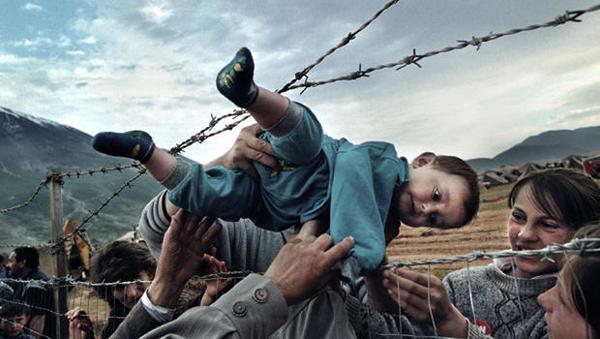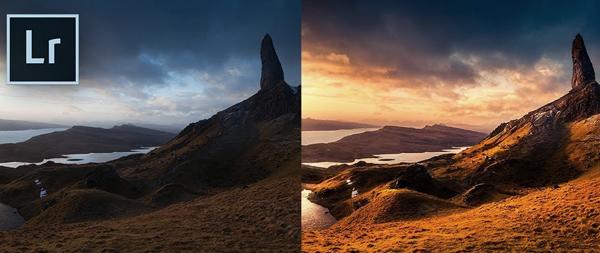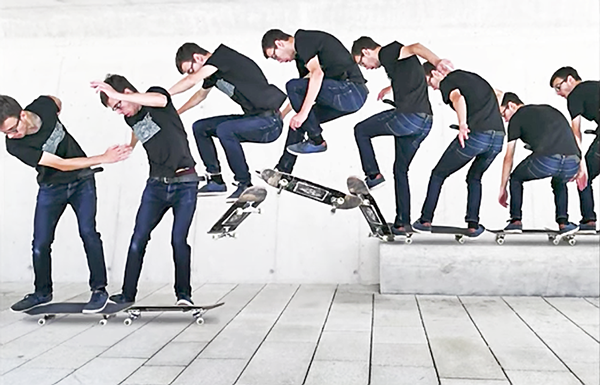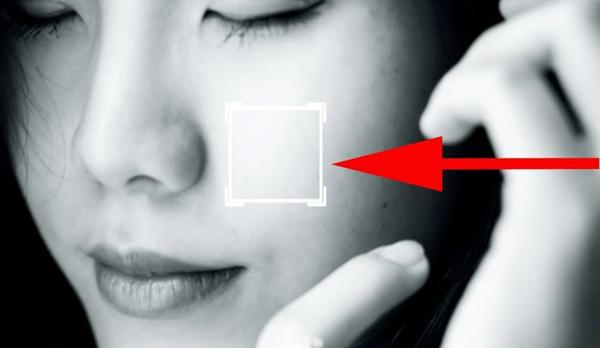|
Oct 13, 2017
|
Oct 13, 2017
|
Oct 10, 2017
|
Oct 09, 2017
|
Oct 09, 2017
|
Oct 06, 2017
|
Oct 04, 2017
|
Oct 03, 2017
|
Oct 02, 2017
|
Sep 29, 2017
|
Sep 28, 2017
|
Sep 27, 2017
|
Sep 27, 2017
|
Sep 26, 2017
















